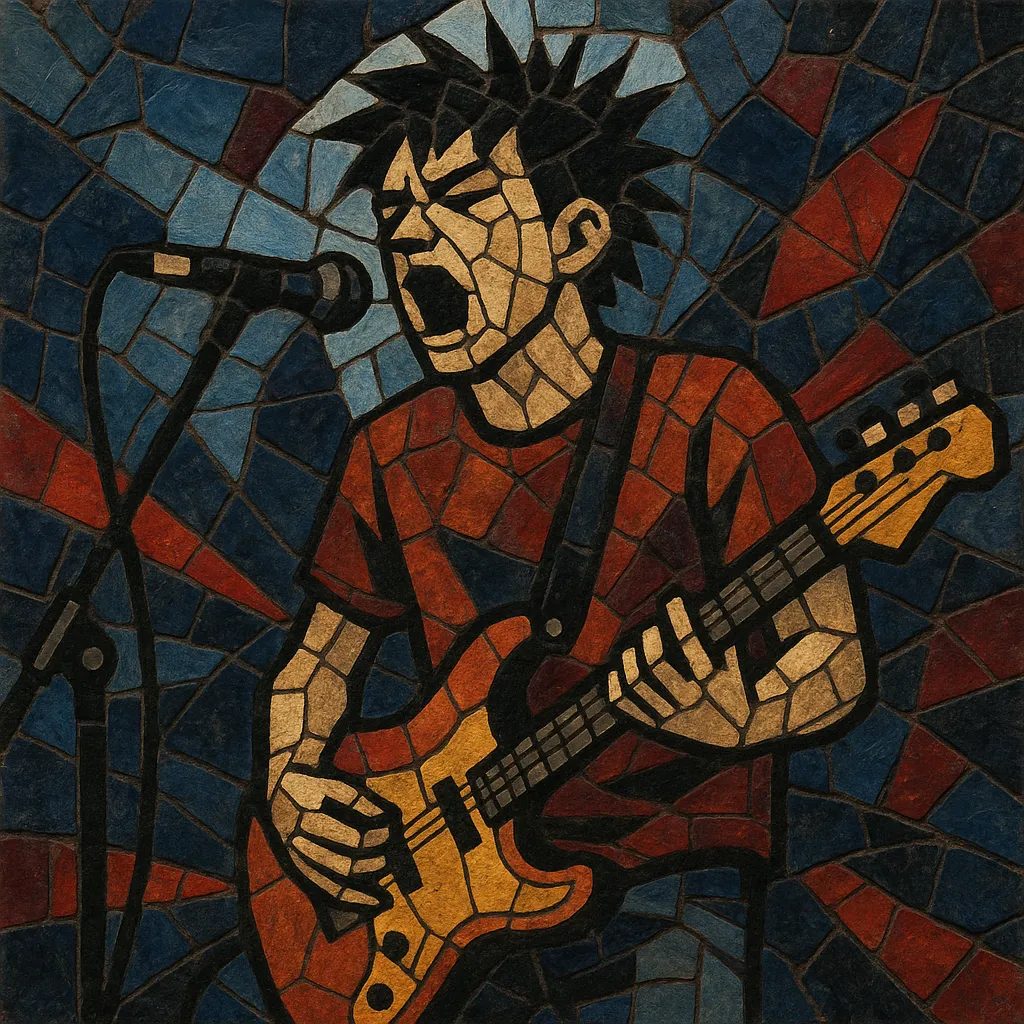
Indie punk blends the urgency and economy of punk with the tunefulness, introspection, and DIY aesthetics of indie rock. Songs are short, hook-driven, and guitar-forward, but they typically privilege wit, heart, and personality over virtuosity or gloss.
Production is often raw or deliberately lo‑fi, guitars are overdriven rather than hyper‑distorted, and vocals lean toward shout‑sung sincerity. Compared with pop punk, indie punk tends to be less polished and more lyrically nuanced; compared with classic indie rock, it is faster, louder, and more kinetic while retaining melodic focus and a strong DIY ethos.
Indie punk coalesced in the 1980s in the United States as DIY punk communities intersected with college‑radio "indie" circuits. Bands like Hüsker Dü, The Replacements, and Minutemen took punk’s speed and brevity and married it to melody, personal lyricism, and independent label infrastructure (e.g., SST, Twin/Tone). The result preserved punk’s ethos while opening space for hooks, vulnerability, and experimentation.
Through the 1990s, indie punk thrived on small labels and college towns, with Superchunk and the Merge Records ecosystem exemplifying the sound: bright, overdriven guitars, shout‑along choruses, and tightly written songs recorded without major‑label sheen. Underground touring networks, zines, and 7" singles sustained a robust scene that sat adjacent to (but distinct from) pop punk and alternative rock’s mainstream breakout.
In the 2000s and 2010s, a new wave—The Thermals, Wavves, Japandroids, Cloud Nothings, Parquet Courts, and others—re‑energized indie punk with noisier textures, lo‑fi or live‑to‑tape production, and lyrics that ranged from sardonic to earnest. Bandcamp, blogs, and DIY venues helped globalize the style, bringing in UK acts (e.g., Martha, Los Campesinos!) and broadening its audience while retaining community‑minded values.
The genre’s identity is inseparable from DIY ethics: all‑ages shows, modest gear, independent labels, and inclusive spaces. Sonically, it emphasizes immediacy—hooky progressions played with punk propulsion—and lyrically favors self‑reflection, humor, and everyday politics. Today, indie punk remains a fertile bridge between punk ferocity and indie melodicism, influencing emo revivals, garage/lo‑fi scenes, and contemporary post‑punk.
-
•
Start with a memorable chorus riff and title phrase.
•Build verses that escalate quickly to the hook; avoid long intros.
•Add a short bridge or dynamic break to refresh harmonic interest.
•Test at rehearsal volume—if it doesn’t feel urgent live, simplify and speed it up.

